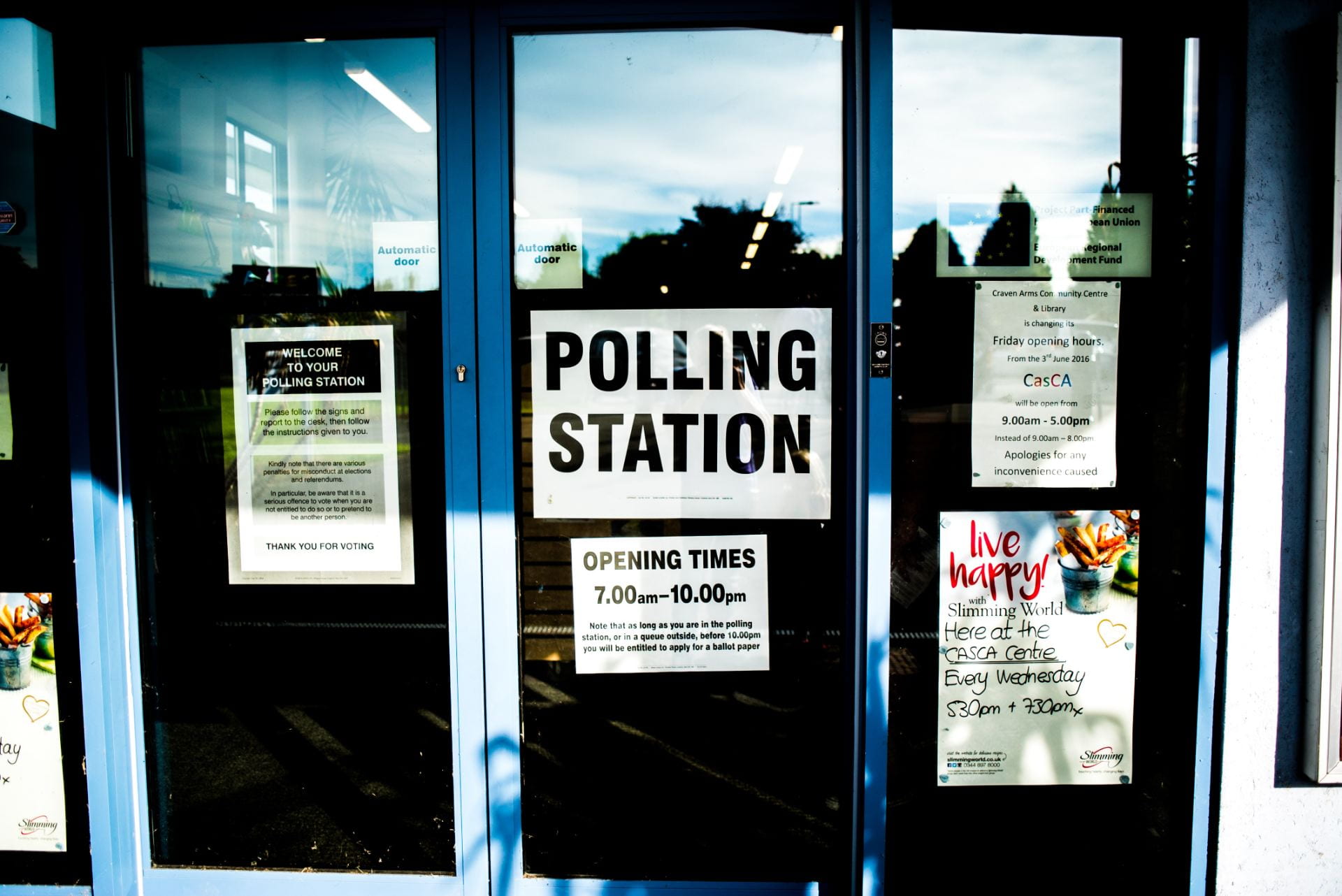This fall, the ever-important presidential election will take place. The election will decide not only the leader of the U.S., but also the heads of federal departments, our actions in foreign affairs and so much more. There is, however, an election to pay attention to that will be happening even sooner — the presidential preference primary, an election that occurs before the general election. Its purpose is narrowing down the list of candidates who are running for office. Currently, that means one for each of the main modern U.S. political parties: republican and democrat. These elections also allow for the political parties to put their supporters’ efforts towards one candidate rather than spread between multiple.
This is according to Nelson Bass, a professor of history and political science, who said, “Since technically we are dominated by two political parties, it’s a way to make sure people who represent those parties have majority support in principle. There are things that make that difficult, but the goal is to unite the party behind a single candidate before an election.”
According to Vote Smart, these two political parties both use a system of delegates to make decisions within the political party. These delegates vote for which candidate their party should support in the main presidential election based on what the public votes. For republicans, all the delegates in a state will vote for whoever won most of the votes in their state. For democrats, they distribute delegates in proportion to how much the party members in each state voted for them. For example, a candidate with 60% of the public’s support would receive 60% of the state’s delegates.
The Council on Foreign Affairs states there are two types of primaries depending on the state, open or closed. In a closed state, like Florida, you can only vote in the primary held by the political party for which you are registered, usually the republican or democratic parties. Open states allow anyone to vote in any party regardless of affiliation. Each state, open or close, chooses a date from late February to early June for their primary to occur. There is no singular federally recognized day for the primaries like the general election, but the closest thing to one concise date is Super Tuesday. This is when 15 states hold their primary elections on the first Tuesday of March. The discrepancy between primary election days between states has seen much criticism over the years for being too drawn out, claiming that it causes candidates to only cater to states from early in the primary cycle or on Super Tuesday rather than across the country to win a majority for their party’s support in their presidential run.
As Bass explains, “Iowa, New Hampshire, and [other] early states get an economic boom from the journalists and people for these [primaries campaigns]. It’s great, except that means, if a candidate who does well in earlier states runs out of money, they can’t keep up [in other states’ primaries]… We should be talking about the ideas, and if we all had one day, we could vote, we could focus on them more.”
Bass sees the primaries as an important part of the electoral system. “I absolutely think everybody should go vote… I think it is incredibly important to go vote if you want to steer your party — republicans have the conservatives, libertarians and centrists while democrats have centrists, liberals, all the way over to democratic socialists. We have in two parties what in other countries would be like six parties, if people don’t go out and vote in the primaries, the party is not going to be steered in the direction [they] want.”
The primaries will be a major step in deciding America’s next president. The elections begin soon in Florida on March 17. The deadline to register for voting for the general election is Oct. 5, with the Presidential election on Nov. 3.
Photo: E. Stallion


